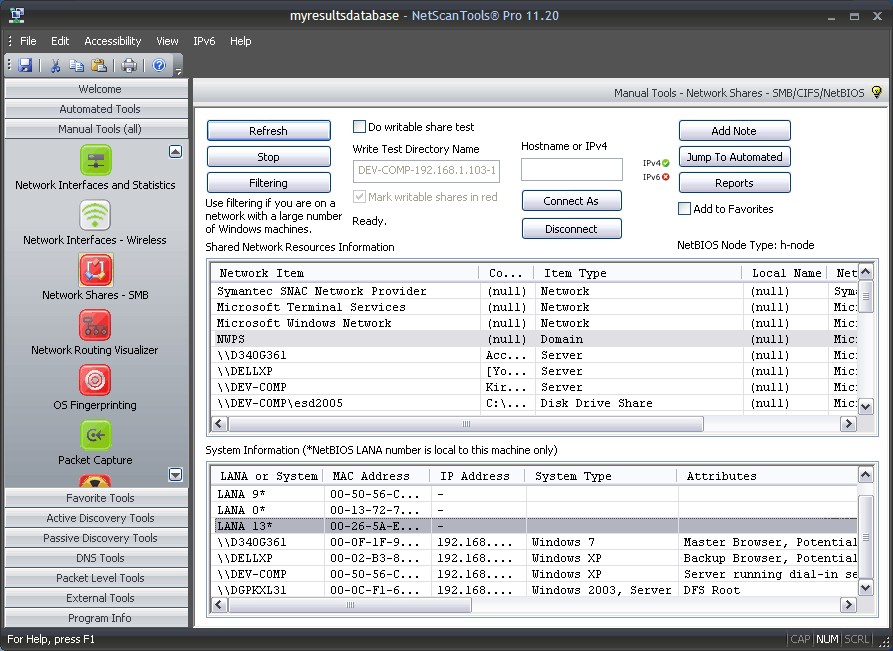LiFi specification released, enabling wide adoption of light-based wireless internet
The various criteria used for classification purpose include ‘nature of algorithm’, ‘state of algorithm’, ‘trait used for load balancing’, ‘type of load balancing’, and ‘technique used in load balancing ’. For the first time in literature an in-depth analysis of the LB algorithms have been achieved in this work which the previous studies were lacking. Based on nature of algorithm, the load balancing algorithms are either proactive or reactive.

Here are the various firewalls you can implement, depending on the size of your network and the level of security you need. A hardware firewall is physical, like a broadband router—it connects the network and gateway through hardware like wires. Along with screening IP addresses, firewalls have other advanced internal rules they follow to determine whether or not a trusted source is trying to access your computer.
If you connect directly to your modem how does the IP address get assigned?
The Authentication Proxy does not natively support load balancing and treats each load balancer node as a standard client/server, so the authentication rate does not change for an individual Duo proxy server. Resource-Based (Adaptive) is a load balancing algorithm that requires an agent to be installed on the application server that reports on its current load to the load balancer. The installed agent monitors the application servers’ availability status and resources. The load balancer queries the output from the agent to aid in load balancing decisions.
- Li-Fi promises to be highly secure as data could not be accessed in the absence of light.
- The OpenVPN client by default will sense when the server’s IP address has changed, if the client VISIT configuration is using a remote directive which references a dynamic DNS name.
- LiFi would be of no use in places where light is not available as it requires a visible source of light to transmit data.
- For security purposes, after you have done networking, change the password on your device.
- Configuring the firewall means setting all or some of a zone settings to specific values to enable the firewall to control network traffic according to specifications.
In general, we treat L7 load balancers as expendable and stateless. Using commodity software allows L7 load balancers to be easily horizontally scaled. Furthermore, the processing and state tracking that L7 load balancers perform is substantially more complicated than L4. Attempting to build an HA pairing of an L7 load balancer is technically possible but it would be a major undertaking. Note that in both the passthrough load balancer and DSR load balancer designs there are a large variety of ways that connection tracking, NAT, GRE, etc. can be setup across the load balancer and the backend. In the following sections I will describe several different designs for middle/edge proxy L4 load balancers. The following designs are generally not applicable to the client library and sidecar proxy topologies.
Dynamic Packet-Filtering Firewall
In this
configuration, clients communicate with the TURN server only. The
following figure, from RFC 5766, shows a deployment of a TURN
server and the IP address and port combinations advertised to peers at
each stage of communication. STUN is one protocol for dealing with NAT devices that handle UDP traffic. Rather, it is a tool that NAT can use to
determine the IP address and port allocated to an application. To use
STUN, a client must connect to a STUN server that aids in discovering the
client’s coordinates. The following figure, from RFC 5389 shows
a sample deployment of STUN. Routers connect a modem—like a fiber, cable, or DSL modem—to other devices to allow communication between those devices and the internet.

